Wood drying starts immediately after felling, with the fiber ends, i.e. the sectioned area, being the place where water escapes the fastest. This is the area most prone to cracking, which leads to wood losses that can sometimes be significant. This is why wood splitting is a 'hot' topic of interest for all those who work with solid wood. This is because wood can crack during drying, sawing, transportation or storage, and sometimes even during the working or use of the objects obtained. Solutions have always been sought to prevent cracking and reduce losses. One of the most commonly used solutions is to seal wood with paraffin. Let's see how it protects the wood and how it should be used for maximum effectiveness.

What causes wood to crack
Cracking is caused by the stresses that occur in the wood during the drying process. The more water in the wood, the greater the stresses and the greater the likelihood of cracking. Also, the harder the wood, the greater the stresses. To avoid very high stresses, trees are felled outside the growing season, the best months being December and January, when it is frosty. February is already the start of the new growing season, especially lately, when average monthly temperatures have risen.
Water comes out fastest where it enters. By cutting, the fibers through which the water has entered the wood and circulates inside the tree are severed. It is through these fiber ends that water tends to come out, which is why they must be closed.
Moisture exchange with the environment continues as before pruning, i.e. at the point of contact with the outside (bark). The drying process starts from the outside and moves towards the inside of the log. This is how the moisture difference between the inside and the outside occurs. To restore the balance (a naturally occurring process) water migrates from the inside to the outside. If the water from the outside of the log comes out quickly and in large quantities (debarked wood + high outside temperature), the water from the inside migrates outwards in large quantities to restore the balance. And so other tensions arise.
It is the reason why wood is sprayed during the drying process in dryers - so that there are no large moisture differences between the outside and the inside of the wood to be dried. It is also the reason why natural drying is done without protecting the wood from rain. However, it is important to protect it from the sun, which is why the stacks for natural drying are covered at the top.

How water out of wood can be slowed down
I think it's clear by now that in order not to have cracks in the wood we need to slow down the water outflow, thus reducing stresses. It is therefore recommended that:
- the severed area of the trunk (the fiber ends) should be sealed, i.e. covered with a substance that prevents or reduces the rapid outflow of water. The sooner the coating is applied after cutting, the lower the risk of cracking;
- as far as possible do not remove the bark from the trunk. This acts as a shield to reduce the outflow of water. Unfortunately sometimes this is not possible because of pests (decay, other insects) that may be under the bark and can enter the wood;
- cut the wood as quickly as possible into "slices" of the desired thickness. This reduces stresses and the risk of cracking. Be aware that the wood shrinks as it dries, so the planks should be cut thicker.
The water keeps flowing until it reaches equilibrium humidity, which in our geographical area is 8-12% for wood used indoors and 14-18% for wood used outdoors. Throughout this period the risk of cracking persists and the most exposed area is at the ends of the planks.
If cracks occur before the fiber ends are treated it is recommended to first remove that portion and then seal the cut. Once started, the crack will advance even if the area is protected with various solutions. It is the "weakest link" that will fail first when stresses occur within the wood.
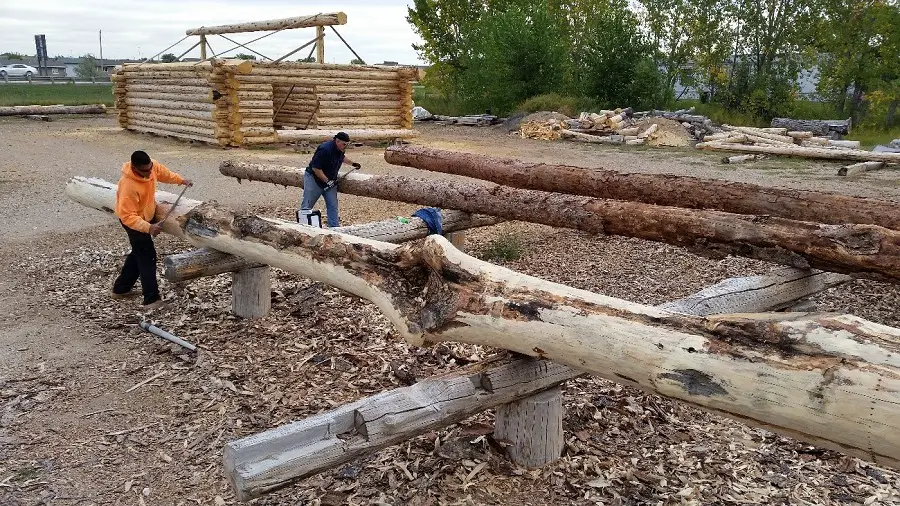
Using paraffin to prevent wood from cracking
Paraffin wax, in solid or emulsion form, is the most suitable alternative for sealing fiber ends. It is applied both to the ends of logs immediately after cutting and to the ends of planks, even if they are at lower risk of cracking.
Sometimes the trunk slicing option cannot be chosen or the planks have to be cut to a very thick thickness. This is the case with wood from which vases, bowls or other such objects are turned. These require thick wood. This wood must be protected during drying and paraffin coating is a very good solution.
Paraffin is non-toxic and can be easily removed by washing with soap and water. But if you are one of those who make things for use in the kitchen, you need special 'food safe' paraffin wax. This is what fruit and vegetable exporters use to protect their goods from dehydration and during transportation.
Solid paraffin must be heated before application to become liquid. Only then can it function as a fiber stopper. Liquid paraffin wax is applied to the ends of logs or planks with a brush, paintbrush or brush. For best protection, two coats are recommended. Apply the second coat only after the first is completely dry and hardened.
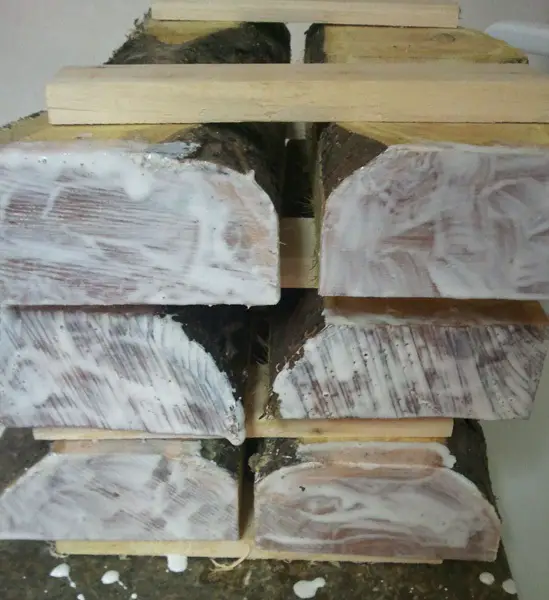
Paraffin emulsion - the simplest and most effective protection solution
The paraffin emulsion is much simpler to use and is very suitable for large pieces, freshly cut logs, for large industrial wood cutting and drying companies. It does not need heating before use and can be applied with a brush or spray gun.
One such protection solution is TISZAWAX, distributed on the Romanian market by Szolvegy from Targu Mures. It is an aqueous paraffin dispersion with a milky appearance that can be colored at the customer's request. A good solution for protecting logs and semi-finished wood products, wood to be transported (by sea, train, cantainer or TIR) or wood to be stored for a longer period.
Dispersion advantage TISZAWAX is that it no longer needs to be warmed up before application, as it is liquid. Another advantage is that it can be applied with a spray gun. This greatly reduces working time and the tiny droplets cover fiber ends or areas to be protected very well and effectively. Consumption is 0.7 kg/m³.

Wood has several life stages and it knows how to assert itself in each of them. Those who work with solid wood know that it cannot be compared to plastic or any other 'good and obedient' material. You have to befriend wood and slowly convince it of what you want to do. I admire Japanese precisely because of this bond I establish with wood. You're not going to be able to cut wood today and work on it tomorrow and expect everything to be fine. You have to give it time to get used to its new life and in my opinion this time is the drying time.
Good luck and patience!
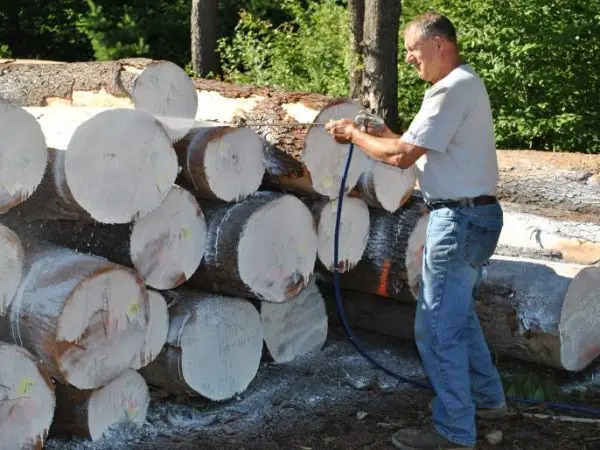












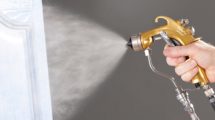


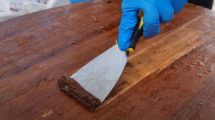

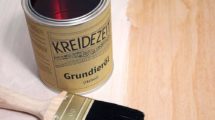

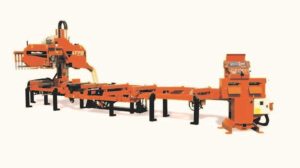
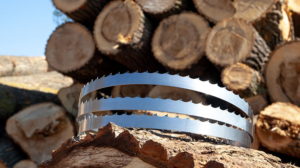

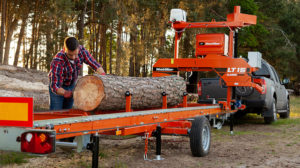





I intend to make some pallets for setting beehives on the hearth and in the pastoral. The system is widely practiced in Canadian beekeeping. I have cut the oak, cut it to size and am going to assemble the components. But the wood is still green although the oak was felled now in December after the oak has come out. Surely there will be tension in the material after assembly, so I'm thinking of letting it dry naturally until spring.Would it help to boil it in paraffin the way hives made of dried fir are boiled? About what paraffin consumption would that be? What approximate moisture content is in oak in my situation? I suspect at least as much paraffin would be consumed as would replace the water in the wood.